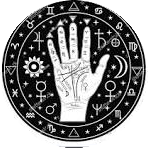The lines on the palm are the most important aspect of palmistry. They reveal various aspects of a person’s life, character, and experiences. Below are the major lines found on most palms:
- Heart Line: Represents emotional health, love life, and relationships. A deep heart line indicates a loving and compassionate nature, while a faint line may suggest emotional struggles.
- Head Line: Represents intellect, thinking, and decision-making. A long and clear head line suggests clear thinking, while a short or broken line may indicate a scattered or indecisive mind.
- Life Line: Represents a person’s general life path, vitality, and health. A long and deep life line suggests a strong vitality, while a shallow or broken line may indicate health challenges or sudden changes in life.
